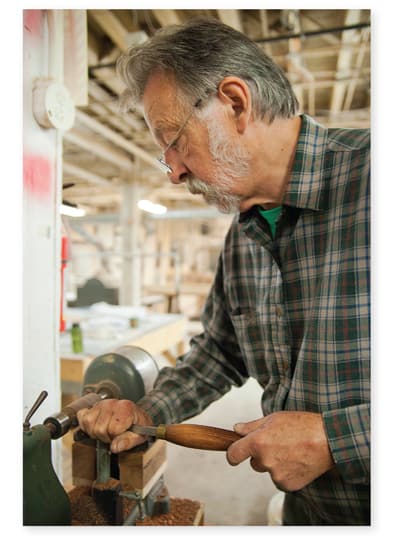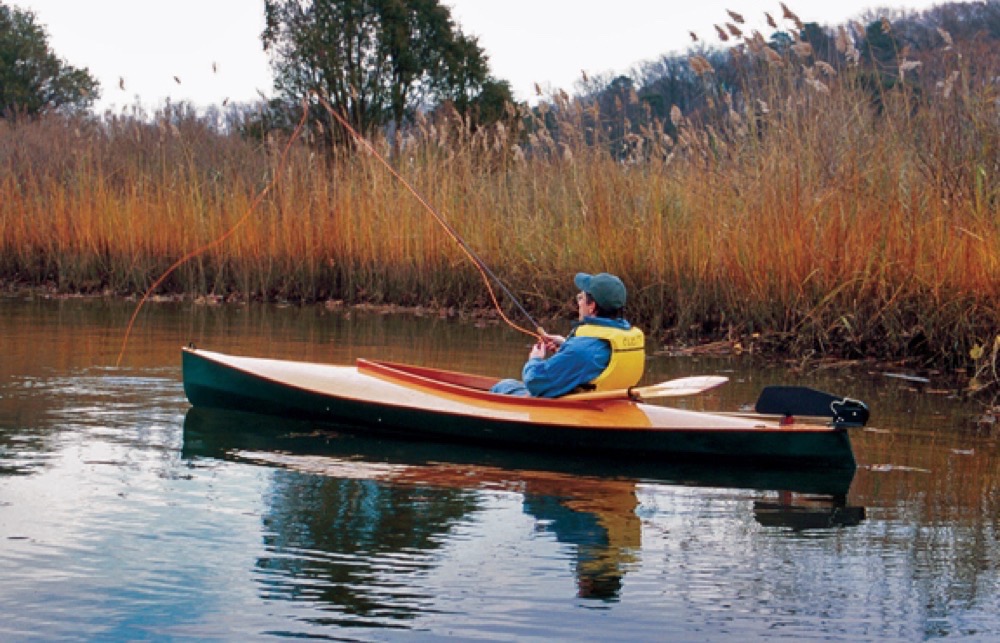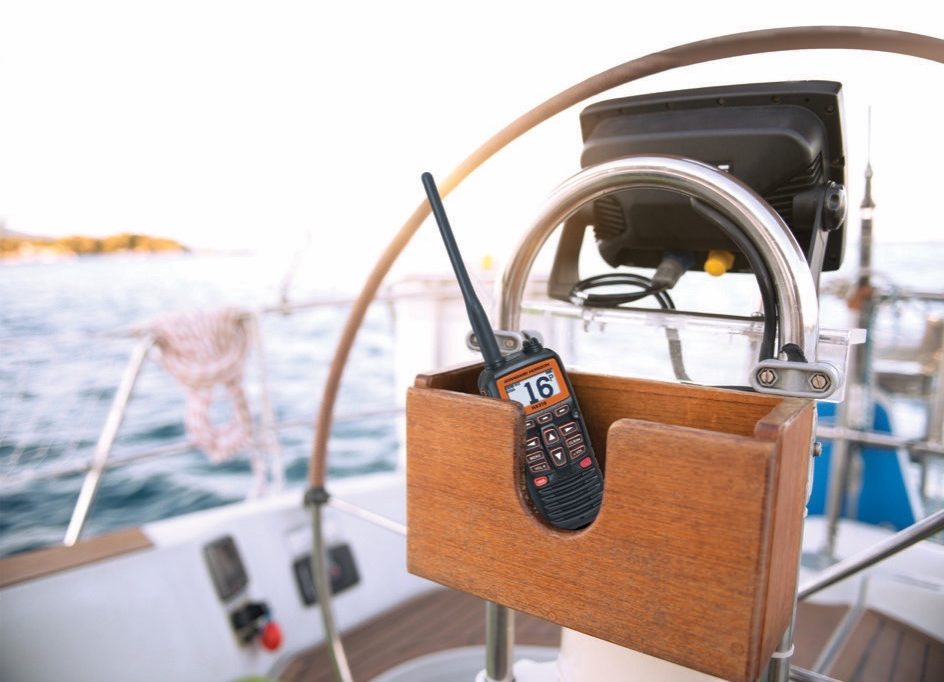An unusual partnership aims to protect the Bay’s past and the future.
The Pride of Baltimore II is a Chesapeake Bay icon, serving as educator, ambassador and living museum. Now she’s also helping to save the Bay’s oysters, in tandem with the Oyster Recovery Partnership (ORP), an organization dedicated to replenishing stocks of the Bay’s tasty bivalve.
When Pride II was built in the late 1980s, somebody had the presence of mind to save her leftover construction materials. Mahogany and bullet-wood timbers were preserved under climate-controlled conditions until a worthy use for them came along.
Now, those hunks of tropical hardwood—symbolic of the Bay’s boatbuilding past—are helping to secure the Bay’s future. In an old warehouse in East Baltimore, veteran woodworker Dale German carefully crafts oyster knives from the special Pride II wood.
German uses a band saw, then a lathe to shape the handle, followed by a blowtorch and adhesive to attach the 3-inch stainless steel “Boston blade.” The result is an implement specially designed for shucking oysters—prying open the tightly shut shells and slicing through the muscle that holds them together.
The knives are a joint project between Pride of Baltimore Inc. and the Oyster Recovery Partnership, to raise funds for both organizations. Each of the 500 knives German expects to produce is individually numbered, and prices range from $195 to $5,000. The knives are meant as commemorative keepsakes, but German assures us they’re fully functional for shucking, too.
But why would the people trying to save oysters want to sell knives that are best used for eating oysters? Easy: the more oysters we eat, the more empty oyster shells we’ll have to recycle back into the Bay.
“If we eat more oysters, then we can grow more!” German explains, alluding to the fact that oyster spat needs oyster shell in order to “set” and grow.
A mature oyster can filter as much as fifty gallons of water per day, playing a vital role in keeping the Bay clean. In recent years, the ORP has planted more than 6 billion oysters on reefs in Maryland, helping to revitalize an important part of the Bay’s ecosystem, just as the Pride of Baltimore II helps to keep Chesapeake Bay history alive. .
—Meg Walburn Viviano




